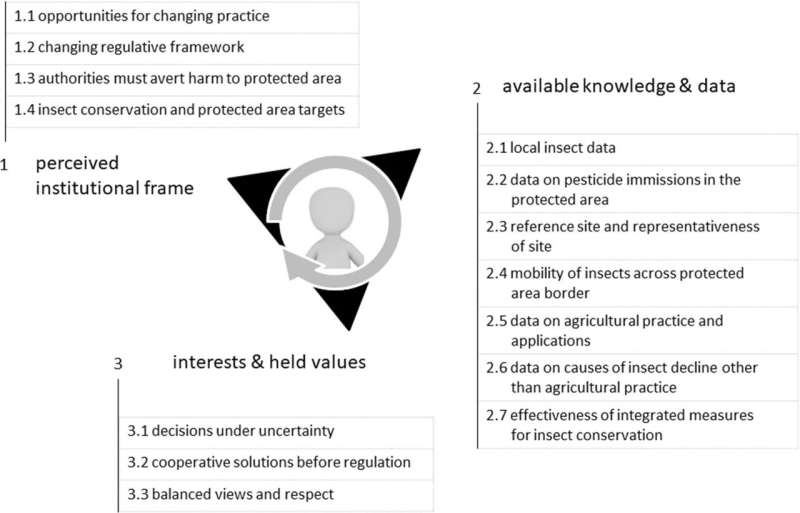Biodiversity study shows loss of insect diversity in nature reserves due to surrounding farmland

Germany is committed to protecting biodiversity. In order to stop the decline of biodiversity and reverse the trend, great efforts are required in nature reserves: Studies show that the insect biomass in nature reserves has declined by 75 percent since the 1990s. For biodiversity experts, the link between agricultural land use and the decline of insect biomass in protected areas has been obvious for a long time.
Now, for the first time, a research team investigated the correlation between insect diversity and agricultural activity at the border between nature reserves and farmland nationwide. For this purpose, the research project “DINA—Diversity of Insects in Nature Conservation Areas” created a unprecedented collection of data on biodiversity and possible causes of damage that was gathered at 21 representative observation sites.
In addition to recording plant diversity and insect diversity through novel DNA analyses, data on land use and pesticide contamination of soils and insects were also collected.
A first evaluation of the data set has now been published in the journal Biodiversity and Conservation. “With the new data, we can show for the first time that agricultural activity in the vicinity of nature reserves has a negative impact on insect diversity in protected areas,” says ISOE researcher Florian Dirk Schneider.
“We have seen that with regard to the wider surroundings of protected areas, there is a correlation between a high proportion of arable land and low insect diversity,” says NABU expert Sebastian Köthe. The number of pesticides to which insects are exposed also depends on the proportion of agricultural land. The scientific analysis of the data also showed: “Even large nature conservation areas in the vicinity of an observation site cannot compensate for the negative influences of agricultural land”.
Close cooperation between science, nature conservation and agriculture necessary
But what could be the solutions? “In German nature conservation areas we find a variety of situations. Therefore, solutions cannot be one fits all,” says Schneider. In the series of dialogue meetings that ISOE conducted with farmers and nature conservationists, it turned out that the communication of scientific data on the state of biodiversity and possible causes of harm to the insects does not automatically lead to action for insect protection. The implementation of measures often fails due to various obstacles.
On the one hand, the legal framework and funding opportunities are perceived as insufficient or even obstructive by the actors involved in practice. On the other hand, it is not always possible to conclude from the data sets collected nationwide, how well local populations of insects fare and whether observed pollutant loads are problematic or not. This makes it difficult to decide on insect protection measures in agriculture and nature conservation.
“We see a need for more in-depth knowledge among all those involved about causes and correlations. This lack concerns, for example, knowledge on the actual harm done to insects in the local protected area by pesticides or due to other causes not related to agriculture. Data are also needed on the effectivity of proposed measures for insect protection,” reports Schneider.
For the authors of the study, it is therefore clear that the collection of site-specific data on insect diversity is just as important for successful insect conservation as the development of conservation measures in cooperation with all stakeholders. The close involvement of science, agriculture and nature conservation must also include the sharing and interpretation of the data.
“Where stakeholders from agriculture and nature conservation engage in constructive dialogue directly on site, there is also a willingness to act in line with common goals and a determination to promote insect diversity in the protected area,” says Schneider.
More information:
Sebastian Köthe et al, Improving insect conservation management through insect monitoring and stakeholder involvement, Biodiversity and Conservation (2022). DOI: 10.1007/s10531-022-02519-1
Provided by
ISOE – Institut für sozial-ökologische Forschung
Citation:
Biodiversity study shows loss of insect diversity in nature reserves due to surrounding farmland (2022, December 16)
retrieved 17 December 2022
from https://phys.org/news/2022-12-biodiversity-loss-insect-diversity-nature.html
This document is subject to copyright. Apart from any fair dealing for the purpose of private study or research, no
part may be reproduced without the written permission. The content is provided for information purposes only.
For all the latest Science News Click Here
For the latest news and updates, follow us on Google News.

